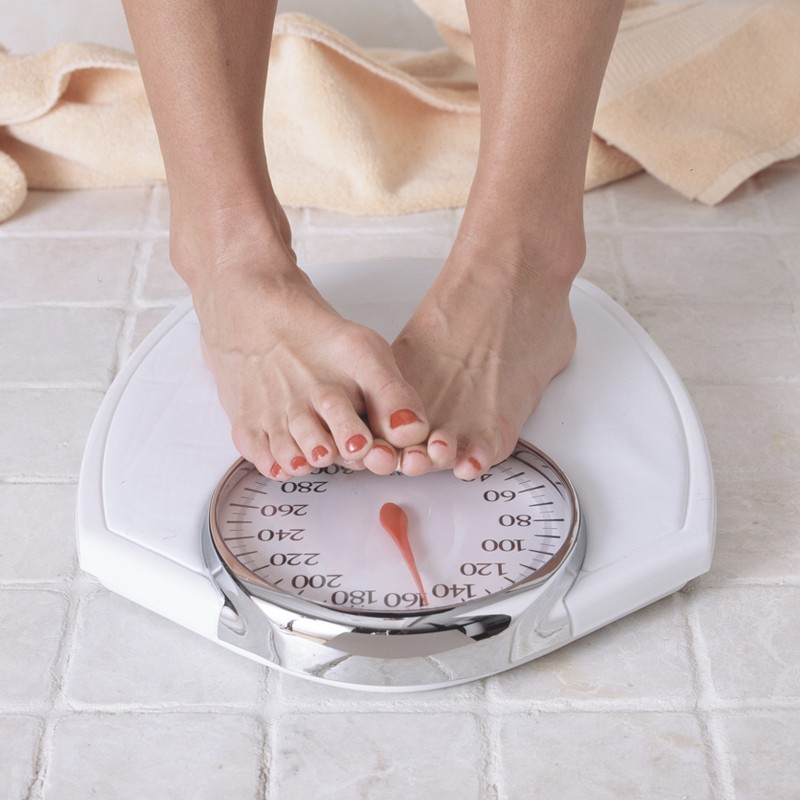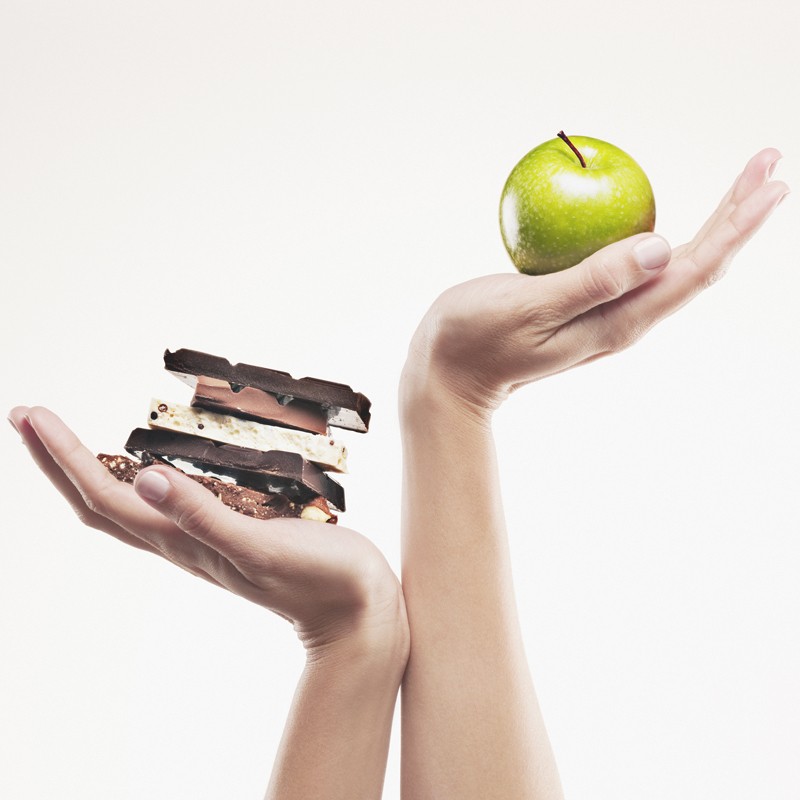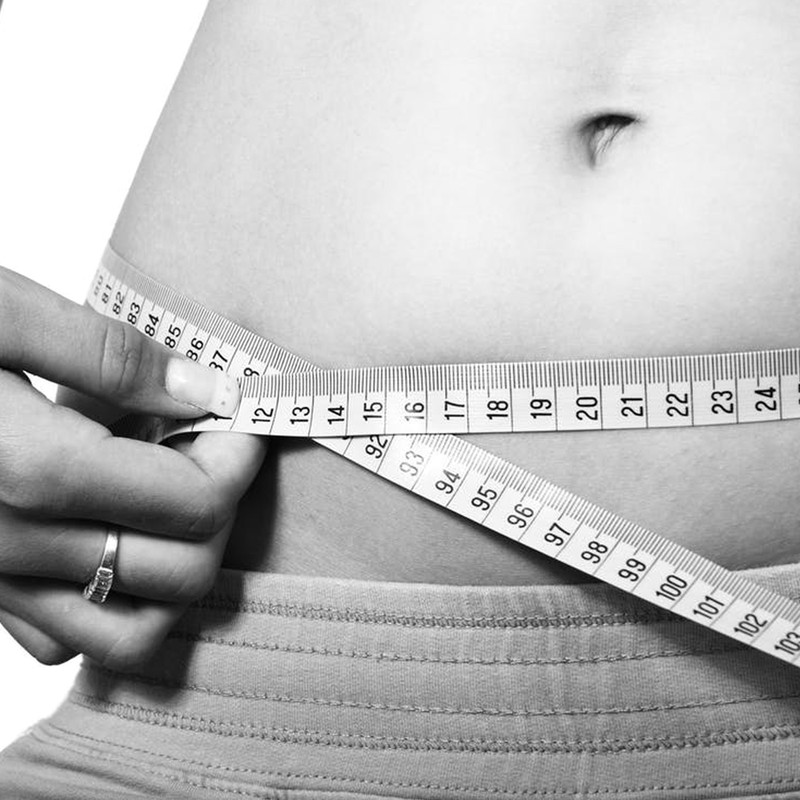What You Really Need To Know For Successful Weight Loss
Exercise Alone Won’t Do The Trick
When it comes to working out, a lot of people will coin phrases such as ‘fat busting’ or ‘metabolic conditioning.’ While these exercises are good for your health and fitness by getting your heart rate up, this type of exercise alone isn’t as effective when it comes to weight loss. Eating well and sleep are equally important factors that will have an impact. However, this doesn’t mean fitness is completely redundant. In order to look toned once you are on track with your diet, your allocated calorie deficit in mind (think strong, not skinny) it’s important to apply a regular resistance training routine.

Pay Attention To The Numbers
Losing weight is based on being in a calorie deficit. If you burn more than you consume, then you’ll lose weight – it’s really that simple. The most sustainable way of doing this is to give yourself enough time to lose small amounts weekly. You should speak to a personal trainer about working out your daily calorie expenditure before creating an exercise and diet plan that will help you reach your desired weight. Depending on your goals, there are a couple of things to bear in mind that will help you work out how long it will take to lose weight, as well as give you an indication as to how much.
Keep Your Key Targets In Mind
When planning your weight loss, keep in mind that there are approximately 3,500 calories in each pound of stored fat. If, for example, you have set yourself a target to lose X amount of weight by X date, keeping this in mind will help you work out exactly how much you need to lose each day or week. For example - if you weigh 65kg and would like to lose 5kg¸you’d need to lose 35,000 calories in total. Now, if you are looking to lose this 5kg over a longer period of time so as not to restrict yourself too much, you’d only need to ensure a 300kcal deficit per day.
Know The Difference Between Weight Loss V Fat Loss
When losing weight, the majority of weight lost will come from fat stores. However, there are a number of tissues in the body that will also reduce in mass when you’re dieting:
- Muscle glycogen - These are the muscles where carbohydrate stores in the body. As your consumption of food reduces, the body will metabolise glycogen to keep energy levels up.
- Muscle tissue - If you have a severe deficit of calories, your body will more than likely need to go to muscle tissue to keep it fuelled. This is due to your body running out of glycogen as well as sugar in the blood, so your body needs to find the shortfall from another place.
- Water - With glycogen loss comes water loss. The majority of water in the body is stored in the muscle and will be reduced as your muscle glycogen is used. This is one of the first places your body will lose mass from and is why people will see a spike in weight loss in the first few weeks before it levels off.
Add In Resistance Training
Once you are on track with your dieting and as part of your training regime, you should opt for resistance training. By incorporating large compound moves, such as squats, deadlifts and hip thrusts, you will retain and grow lean tissue. Other examples of compound training moves, include: overhead pushes (shoulder press), variations of pulls (assisted pull ups or lat pull downs), chest presses and press ups. Yes, targeting smaller muscle groups can be an option when it comes to your training, but it’s important to bear in mind that you cannot focus on one area alone when it comes to fat loss.

Know The Healthy Amount To Lose
Studies show that losing 1% of total bodyweight per week can be aimed for when looking at fat loss primarily. If you start losing more than 2% of total weight loss per week then you are probably losing weight from other tissues within the body, as mentioned above, which is not recommended.
Keep Everything Consistent
Ensure you are honest with yourself about what you eat as well as sticking to your regular training sessions. Regardless of whether you think you are not eating enough the laws of thermodynamics dictate that if you aren’t losing weight then unfortunately, you are just overeating.
Track Your Progress
You should see a change on the scales within a week. As your fat mass goes down, so will your weight. To see visual results, you should aim for changes every two weeks. A good way to track your progress is to make sure you are taking regular pictures and measurements. Make sure you take these at the same time in the morning and you are wearing the same clothes.
Personalisation Is Key
When it comes to fat loss there is not one right way to do it. We are all different, so personalisation is key. We sometimes get carried away with the number on the scale and go to extremes to get the number down as quickly as possible. For fat loss to be sustainable you’ll want to move the focus from a time frame to the process itself and building healthy habits instead. There’s no point trying to lose fat if you don’t change the habits that got you there in the first place.

Work Out Your Individual Protein Intake
How much you need depends on the type and intensity of your training but also how experienced you are. For sedentary individuals who do not exercise, 0.8g per kg of body weight per day is considered sufficient but increased recommendations are suggested for people who exercise, are older, or recovering from injury. In those cases, you want to go for a higher intake that ranges between 1.2 and 2g per kg bodyweight. You are at the higher end of the spectrum if you are training with weights and are not an experienced lifter. At the lower end are endurance athletes and experienced weightlifters. Multiply the number by four to get the calories needed for protein.
Divide Your Remaining Calories Between Fats & Carbohydrates
Take your calorie target and reduce the calories from protein from this number. The calories left can either be spread equally between carbohydrates and fats or if you have a preference for carbohydrates or fats, you can allocate more calories to one over the other. If you do a lot of endurance exercise you may want to increase the amount of carbohydrates in your meals. We need to eat some fats to absorb fat soluble vitamins from our food and also because some fats cannot be made by the body (the omega fatty acids). Unless you are very active and have very high calorie needs, I’d recommend a minimum fat intake of 20% of calories. There is no recommended intake for carbohydrates but there is for fibre: which is 30 g per day. These recommendations can be met easily by eating a diet based on whole foods and vegetables, incorporating fatty fish regularly in your diet or taking an omega 3 supplement.
Keep A Food Diary
Especially in the beginning of your weight loss journey, tracking your intake is key. There are many apps available now that help you keep track of your intake. If you are new to dieting, I recommend weighing everything you eat religiously for a week or two. It is helpful to estimate in advance what you think you are eating and then compare it to your measurements. I guarantee you’ll be surprised because research shows we are inherently underestimating the calorific value of food. Once you have a better understanding of calories in food, you’ll be able to make better choices without having to track everything all the time.

Consider Other Factors
Ultimately, fat loss is not an exact science. There are always factors that will affect the outcome of your diet that cannot be taken into a calculation for calories or macros. Thing like genetics, your gut microbiome, how well you sleep and manage your stress will all have an impact on why two people can react differently to the same diets. Know that it’ll be a lot of trial and error to find out what works for you best, but it’ll be worth it in the long run.
There’s No Magic Diet For Quick Fat Loss
Contrary to what some diet gurus may want you to believe: there isn’t one superior diet when it comes to fat loss. The most effective diet is the one that works best with your preferences, lifestyle and daily schedule. So, choose your flavour (literally) and think about options you can sustain for a long period of time. For example, don’t go for a ketogenic diet if you really enjoy toast because you know you’ll give up after a couple of days. And always remember to stick to your new food plan. Losing fat is a gradual process achieved by consistently making the right choices for you.
DISCLAIMER: We endeavour to always credit the correct original source of every image we use. If you think a credit may be incorrect, please contact us at info@sheerluxe.com.


